Krishna Tripuraneni, MD
Krishna Tripuraneni, MD is a fellowship-trained orthopaedic surgeon at New Mexico Orthopaedics in Albuquerque, NM specializing in total knee and hip replacement. He uses digital pre-operative planning to prepare all of his total joint procedures and has been using OrthoView for six years.

Background
The patient was an 86 year-old woman who was the primary caregiver for her husband and had previously been an active person in the local community. She was experiencing increasing right knee pain and deformity and was unable to walk without the use of a cane. Even mundane daily activities were considerably more challenging as a result of her right knee pain and swelling. A physical examination revealed antero-posterior and medial instability with 10-degree hyperextension to 90-degree flexion
Due to gross component loosening on radiographs and functional limitations, a revision knee procedure was planned. Using the OrthoView pre-operative planning solution, the following pre-operative considerations were identified and incorporated into the surgical plan:
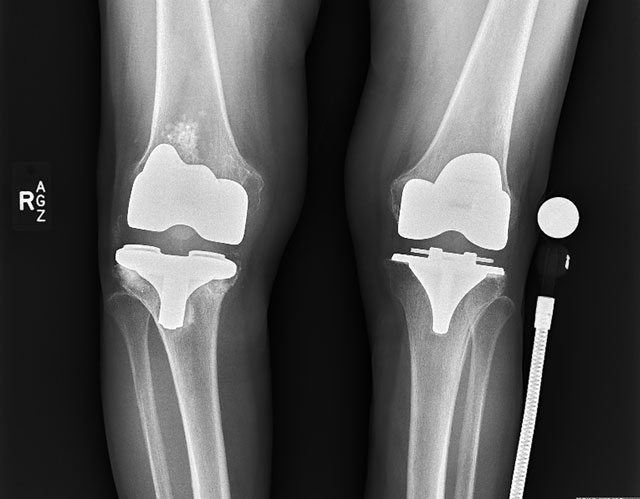
Figure 1. Pre-op Image
- Components:
– It was identified that stemmed components were required for both the tibia and the femur.
– We determined that a tibial augment was required as a result of the varus failure of the tibial component and medial tibial bone loss.
– The offset value provided by the software identified that an offset tibial component was required to avoid an abutment of the cortex by the tibial stem. - Joint line:
– We were able to assess how the pre-operative plan would affect the joint line and determined that it would maintain it reasonably well.
The Planning Stage
In revision cases, the existing femoral and tibial component positions are ignored, and bony landmarks are used to identify where to place the femoral and tibial pre-operative planning tools.
There appeared to be a significant amount of osteolysis in the femur. Metaphyseal cones or allograft were considered for bone stock restoration / substitution, but were eventually not needed.
The pre-operative planning software allows the width of the femur and tibia to be assessed for proper component sizing, which is important as size is the primary focus, rather than angles. Intramedullary guides are used to restore the mechanical axis. Also key with revisions is identifying where the articular surfaces of the revision components would lie, in relation to the shaft. Further, it is helpful to determine pre-operatively the offset of the tibial component (more so than that of the femoral component), as this can help intra-operatively to reduce the need for trialing of various tibial stems.
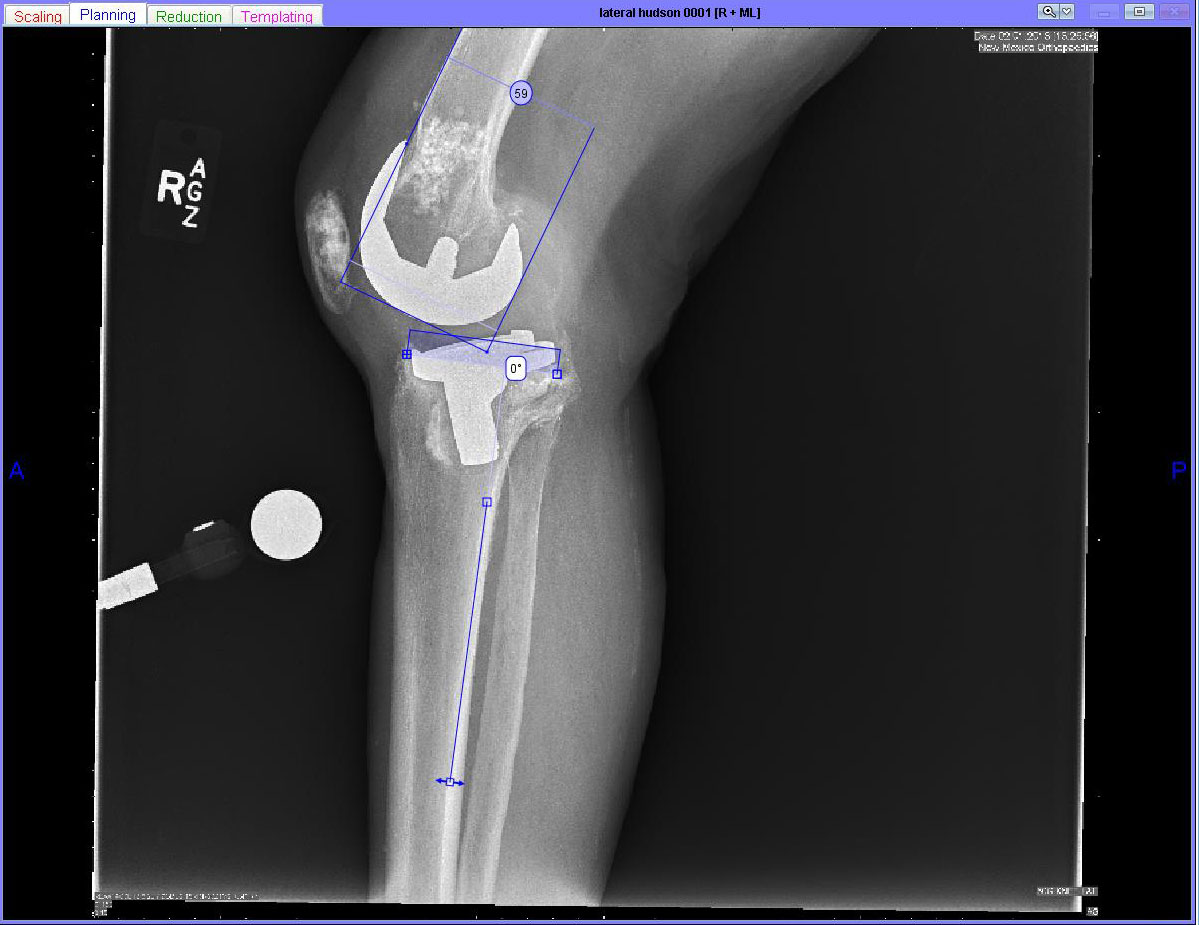
Figure 2. Using the tibial and femoral wizards in the ML view to size and position the femoral component and position the tibial component with respect to available bone.
The tibial AP axis indicates that an offset tibial stem will be needed.
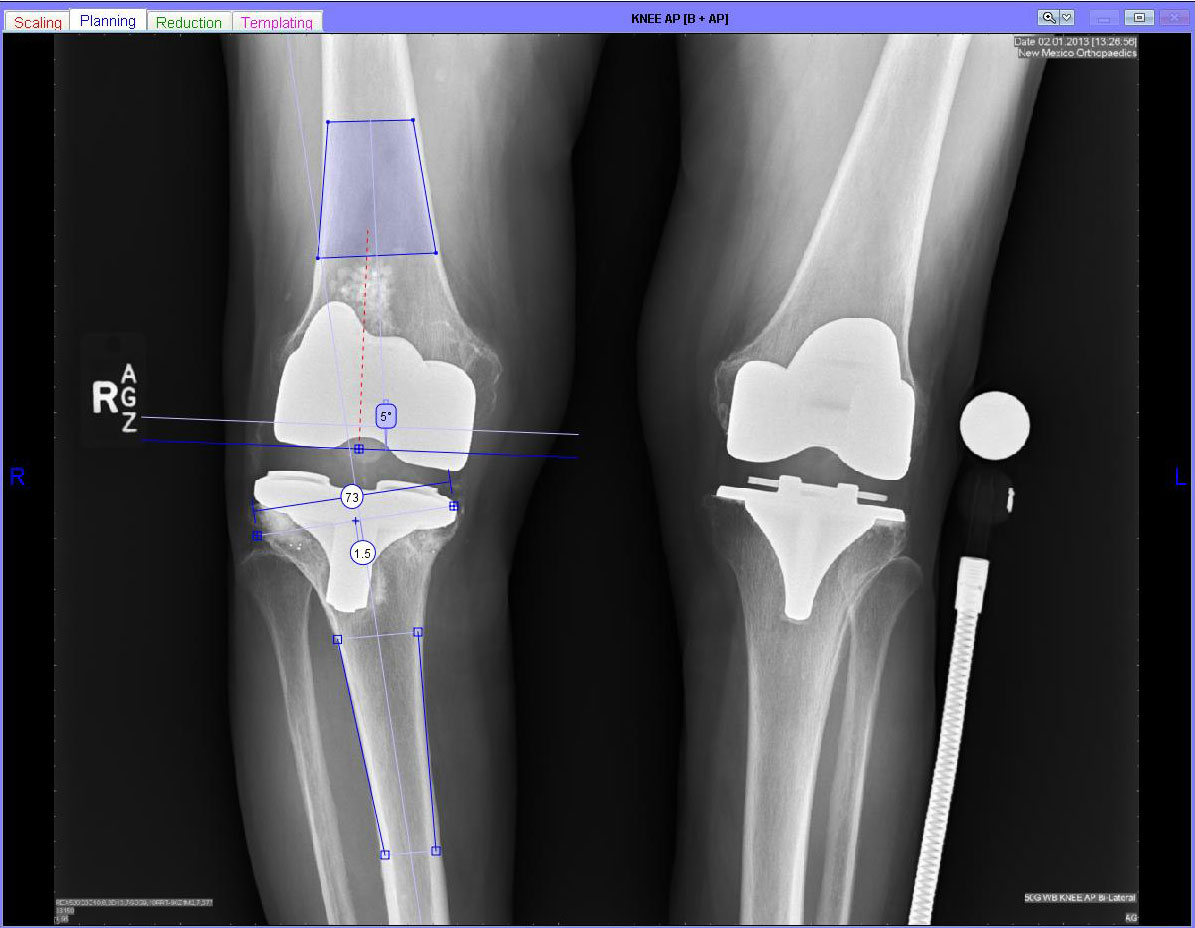
Figure 3. AP plan for tibia size and position showing the offset for the tibial anatomical axis and femoral component position with valgus angle set to 5 degrees.
The Templating Stage
Varying stem sizes are trialed during the templating stage to ensure bony defects will be bypassed by at least two cortical diameters.
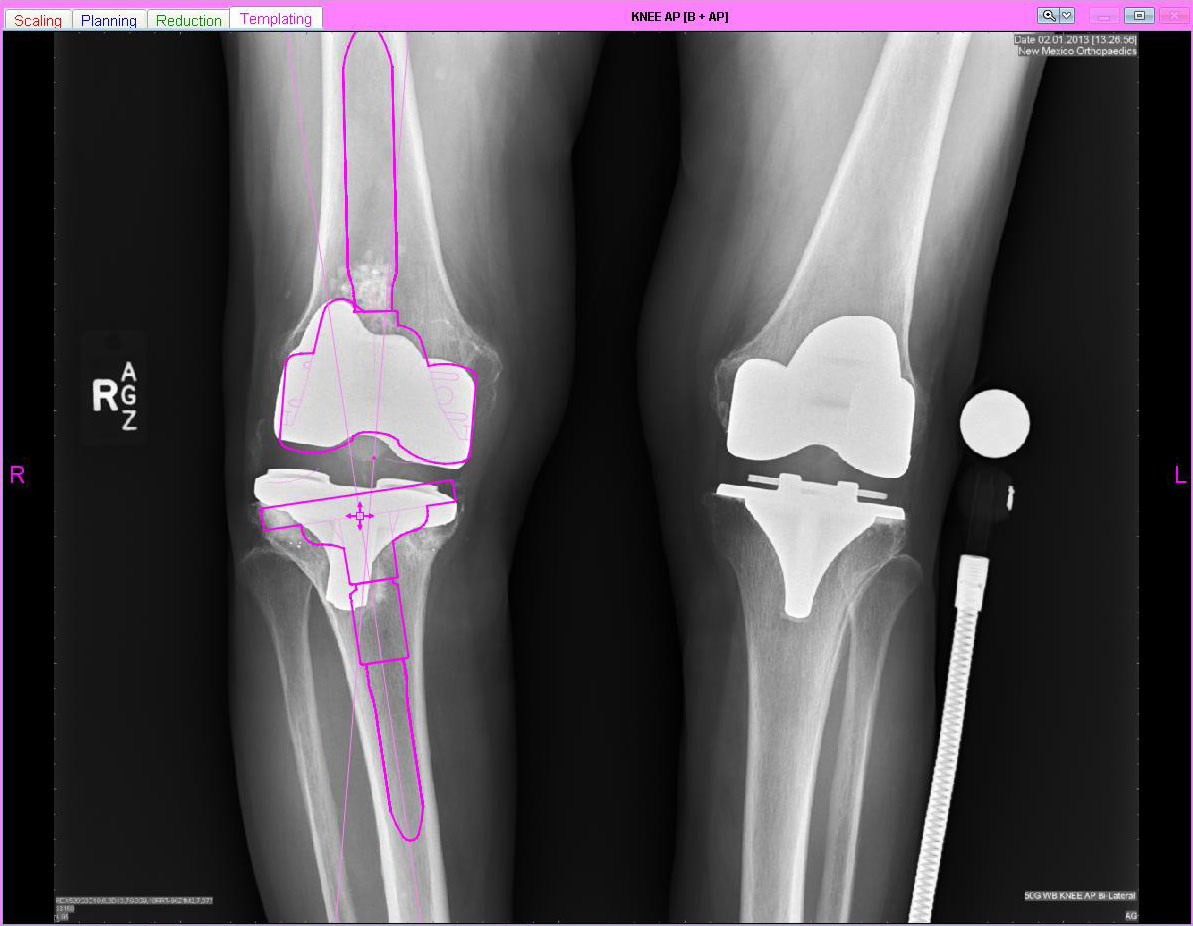
Figure 4. Image is labeled with the chosen component sizes in the AP view, stemmed component positions are shown.
Templating on the lateral view permits assessment of the proposed joint line. Augments can readily be added to the distal femur or tibia if the templated polyethylene size is too large, or the joint line is too high or low, based on bony landmarks.
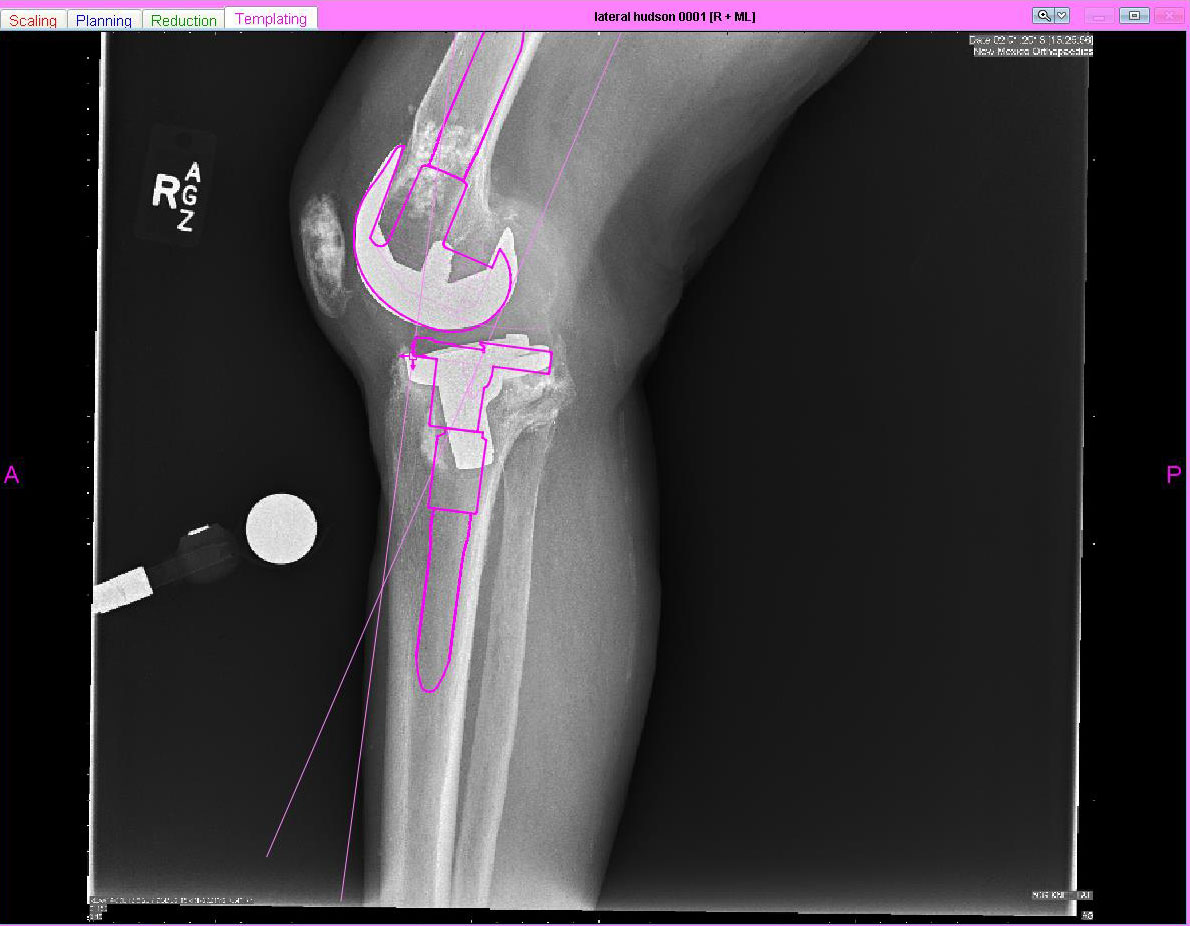
Figure 5. Image is labeled with the chosen component sizes in the ML view.
Discussion
Post-operative Critiques:
- As there was intra-operative hyperextension, tibial augments and a 17 mm polyethylene were used to balance the extension space (in addition to distal femoral augments), which caused the joint line to be raised by a few millimeters.
- A hybrid cementation technique was used for this case.
- The post-operative ROM at the one-year follow up was found to be 0-115 degrees.
Case Summary & Role of Pre-operative Planning:
Planning this case pre-operatively with OrthoView enabled me to identify several key factors easily: the point at which to stop reaming (to avoid an intra-operative fracture), suitable stem sizes (diameter and length), as well as additional component sizes, the offset requirements for the stem, and the size of stem extension needed to obtain diaphyseal engagement. Digital preoperative planning also made it quick and easy to establish the mechanical alignment of the leg with the use of the SmartKnee Wizard.
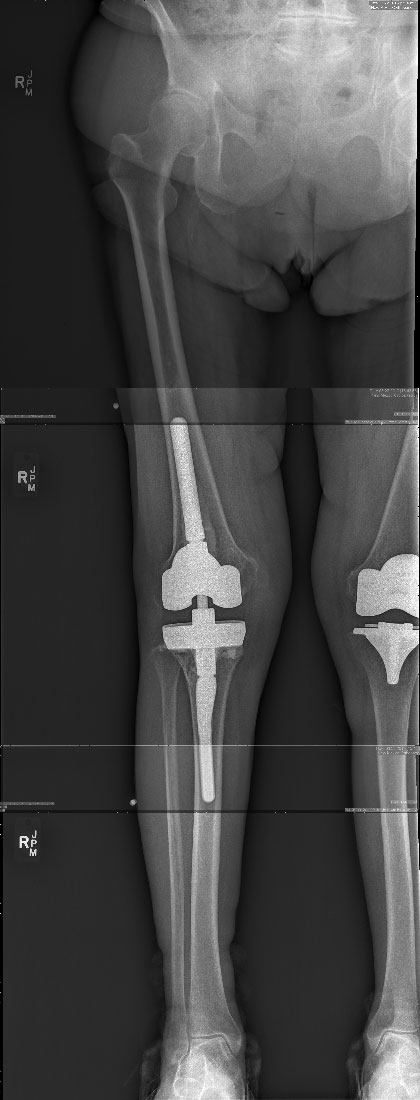
Figure 6. Post-op Image
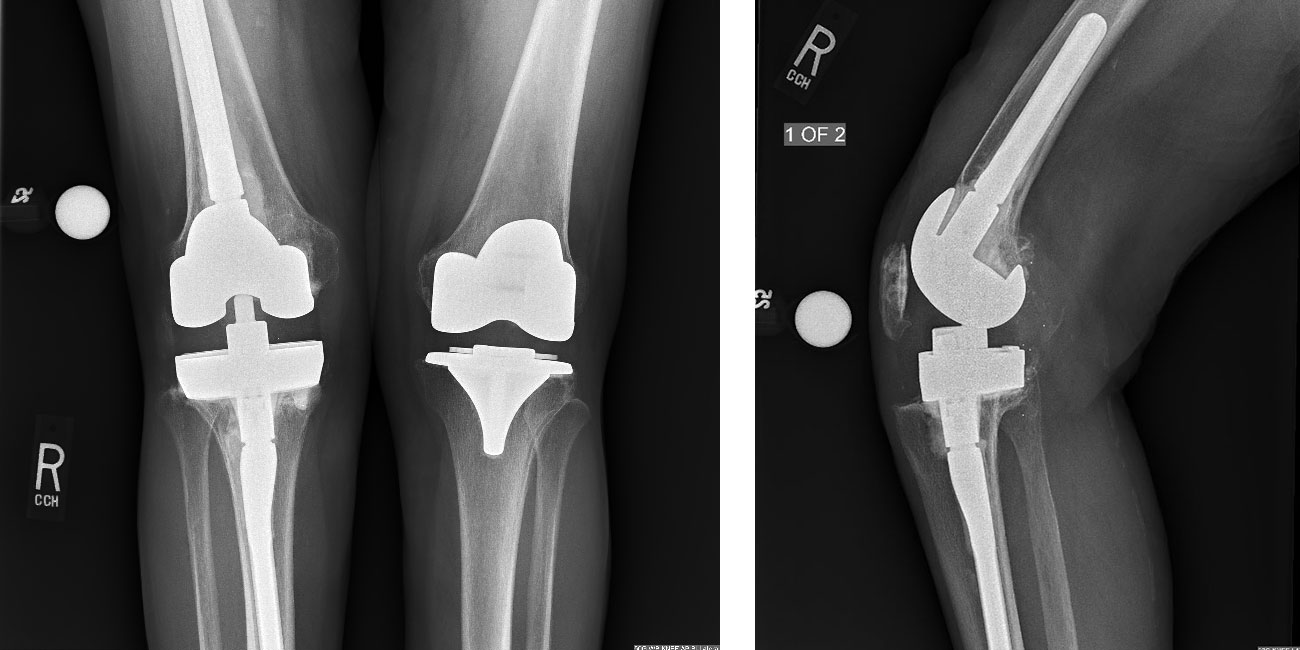
Figure 7. Post-op AP and Lateral Images
Materialise OrthoView is a digital templating solution used by orthopaedic surgeons to create detailed pre-operative plans quickly and easily from digital x-ray images. Materialise OrthoView facilitates digital planning and templating for joint arthroplasty and revisions, trauma, limb deformity correction, osteotomy and spinal assessment and is chosen by hospitals worldwide to complete their target of film-free radiology.
Read more on integrating Materialise OrthoView in your hospital or clinic.
